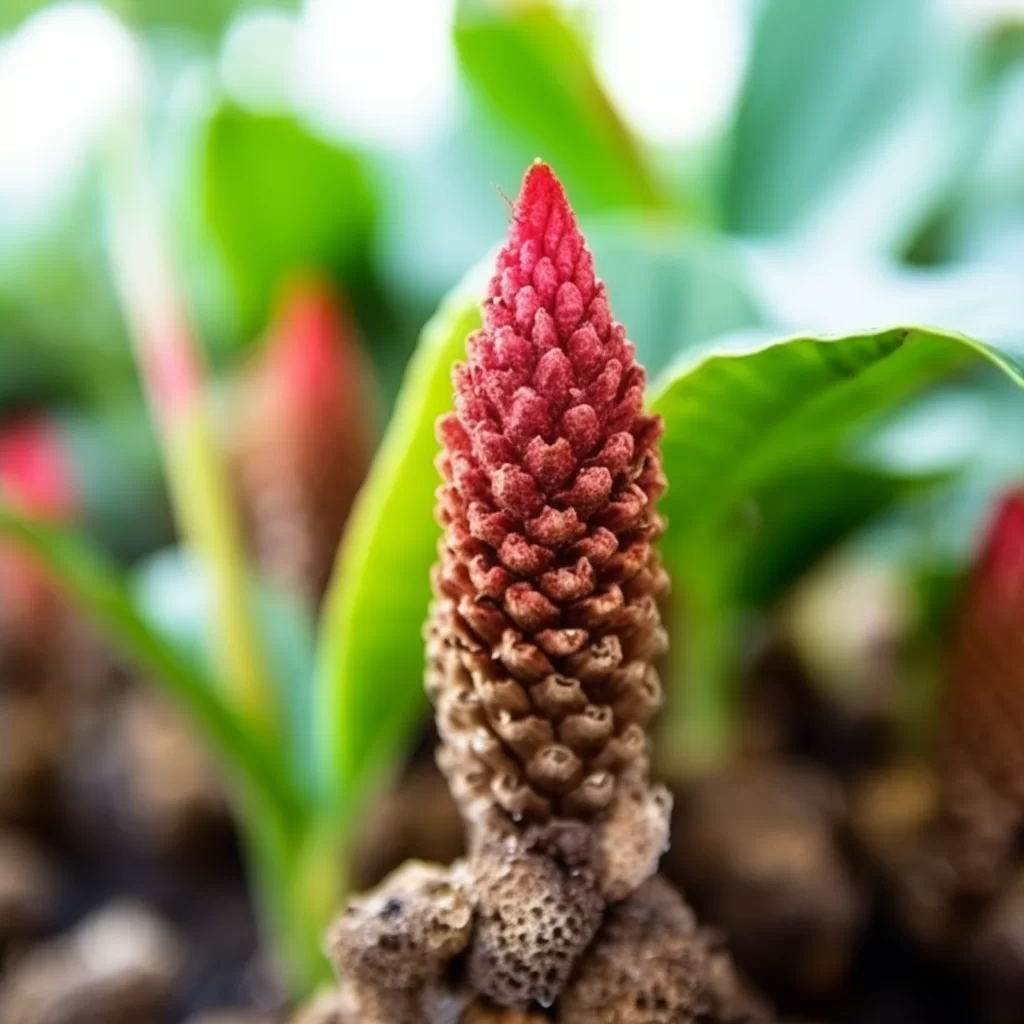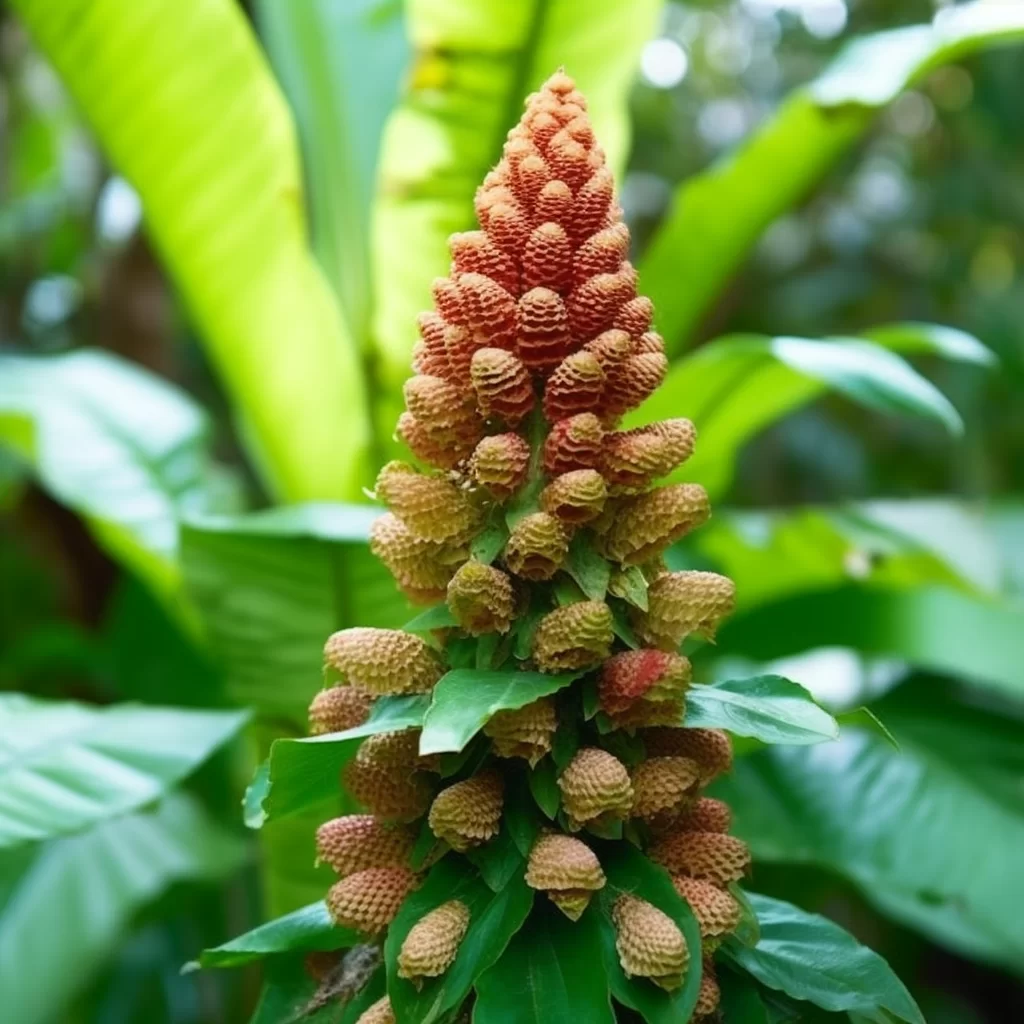Story of Day :
Contents
The Beehive Ginger Plant: A Complete Guide and Care Tips
Are you looking for a unique and exotic addition to your garden? Look no further than the beehive ginger plant.
This tropical plant is not only beautiful, but it also attracts pollinators like bees and butterflies to your garden.
In this article, we will provide you with a complete guide on how to care for and grow the beehive ginger plant.
Overview of Beehive Ginger Plant
The beehive ginger plant, also known as Zingiber spectabile or honeycomb ginger, is native to Southeast Asia.
It gets its name from its unique flower head that resembles a hive or comb shape.
The flowers can bloom in shades of pink, orange, or red and are surrounded by bright green bracts.
Beehive gingers can grow up to six feet tall in ideal conditions but usually reach around three feet tall when grown indoors.
They thrive in warm climates with high humidity levels but can still grow well in moderate temperatures.

How to Grow Beehive Ginger Plants?
- Choose the right location: Select an area with partial shade that receives at least four hours of sunlight per day.
Avoid planting it directly under trees because they may not receive enough light.
- Prepare soil: The soil should be well-draining and rich in organic matter like compost or sand mixed with regular potting soil.
- Add fertilizer: Use slow-release fertilizers once every two months during the growing season (spring through fall).
- Maintain water supply:Beehive gingers require consistent moisture levels; therefore, ensure that their watering needs are met by frequently checking soil moisture levels and watering them as necessary.
- Prune: Remove dead or damaged leaves to maintain plant health.
It is recommended that pruning should be done at the beginning of spring or after the blooming season.
Care Tips for Beehive Ginger Plants
- Maintain Humidity: Beehive gingers thrive in humid environments; therefore, it is essential to maintain high humidity levels by misting frequently, placing a tray of water near the plant, or using a humidifier.
- Protect from Cold Temperatures: These plants are sensitive to cold temperatures and require protection.
Ensure that they are kept away from drafty areas during winter months.
- Pest Control: Common pests that infest beehive ginger plants include spider mites and mealybugs.
Inspect your plant regularly for pests and remove any visible ones with a damp cloth or spray with insecticidal soap.

In Conclusion: Why Grow Beehive Ginger Plants?
The beehive ginger plant makes an excellent addition to any garden due to its unique appearance, ability to attract pollinators like bees and butterflies, and its low maintenance requirements once established.
Follow our guide on how to care for this tropical beauty so you can watch it bloom year after year!